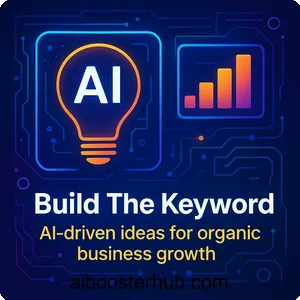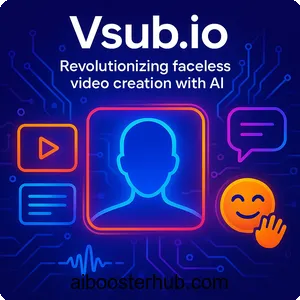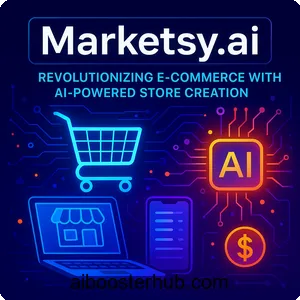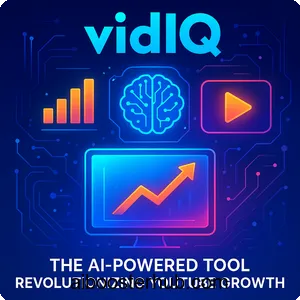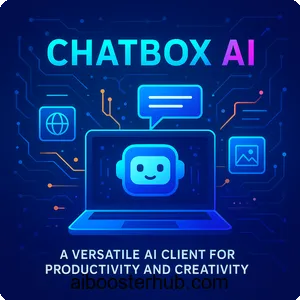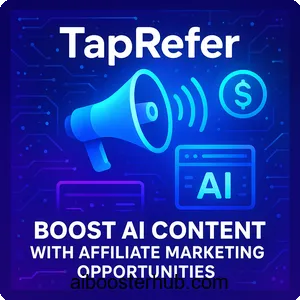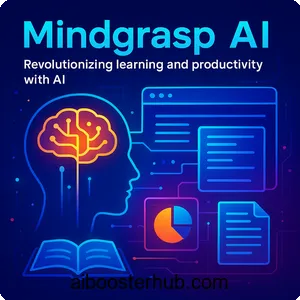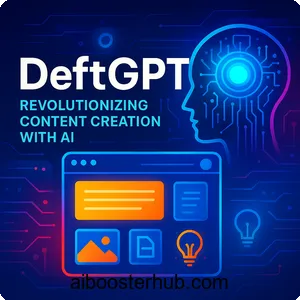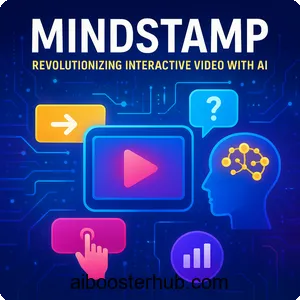AI Art Tools & Generators – Digital Creativity Revolution
The advent of AI art tools has transformed the creative landscape, empowering artists, designers, and hobbyists to explore new dimensions of digital expression. From generating stunning visuals to crafting intricate illustrations, AI art is reshaping how we approach creativity. This article dives deep into the world of AI art tools, exploring their capabilities, benefits, and the revolutionary impact they have on digital creativity.
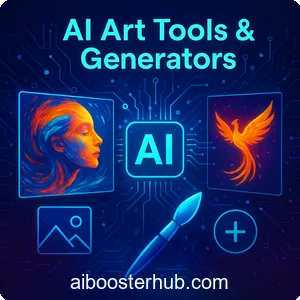
Whether you’re an artist seeking inspiration or a business owner looking to create eye-catching visuals, AI art generators offer endless possibilities. With keywords like ai art, ai visual, and ai illustrations at the forefront, this guide will walk you through the essentials of these tools, their applications, and how they are redefining the creative process.
Content
Toggle1. What are AI art tools?
AI art tools are software or platforms powered by artificial intelligence that assist in creating, editing, or enhancing visual content. These tools leverage machine learning models, such as neural networks, to generate artwork, illustrations, or designs based on user inputs like text prompts, images, or sketches. By analyzing vast datasets of art styles, patterns, and techniques, AI art generators can produce everything from hyper-realistic portraits to abstract compositions.
Unlike traditional design software, AI art tools simplify the creative process by automating complex tasks. For instance, users can input a simple description like “a futuristic city at sunset” and receive a fully rendered image in seconds. This accessibility has democratized art creation, allowing individuals with no formal training to produce professional-grade visuals. The rise of ai visual tools has also made them indispensable for industries like marketing, gaming, and content creation.
How AI art tools work
At the core of AI art tools are sophisticated algorithms, often based on models like Generative Adversarial Networks (GANs) or diffusion models. These systems are trained on massive datasets of images, allowing them to understand artistic styles, textures, and compositions. When a user provides a text prompt or an initial image, the AI interprets the input and generates a unique output tailored to the request.
For example, tools like DALL·E, Midjourney, or Stable Diffusion use text-to-image generation to create ai illustrations that align with user specifications. Some platforms also allow users to refine their creations by adjusting parameters like style, color, or detail level, offering a high degree of customization.
Why AI art tools matter
The significance of AI art tools lies in their ability to bridge the gap between creativity and technology. They empower users to experiment with ideas that would otherwise require years of training or expensive software. Additionally, ai tools art are versatile, catering to a wide range of applications, from personal projects to commercial campaigns. By streamlining the creative process, these tools save time and resources while fostering innovation.
2. Popular AI art tools and generators

The market for AI art tools is brimming with options, each offering unique features and capabilities. Below are some of the most popular platforms that have gained traction among creators for their ease of use and impressive results.
DALL·E
Developed by OpenAI, DALL·E is a pioneer in ai art creation. Known for its ability to generate highly detailed and imaginative visuals from text prompts, DALL·E has become a go-to tool for artists and designers. Its strength lies in its versatility, allowing users to create everything from photorealistic images to surreal artwork.
Midjourney
Midjourney is another standout in the AI art space, celebrated for its ability to produce vibrant, high-quality illustrations. It excels in creating artistic styles inspired by classic painters, modern graphic design, and even cinematic visuals. Midjourney’s user-friendly interface makes it accessible for beginners, while its advanced features cater to experienced artists.
Stable Diffusion
Stable Diffusion is an open-source AI art generator that has gained popularity for its flexibility and customization options. Unlike some proprietary tools, Stable Diffusion allows users to run the model locally or on cloud platforms, making it a favorite among developers and tech-savvy creators. Its ability to generate ai illustrations with fine-tuned control sets it apart.
Artbreeder
Artbreeder takes a unique approach by allowing users to “breed” images, blending multiple visuals to create new ones. This collaborative platform is ideal for experimenting with ai visual styles, offering tools to manipulate facial features, landscapes, and abstract designs. Artbreeder is particularly popular among creators working on character design or concept art.
Runway ML
Runway ML combines AI art tools with video and image editing capabilities. Its intuitive interface allows users to generate, edit, and enhance visuals seamlessly. Runway ML is widely used in industries like film and animation, where ai tools art can streamline production workflows.
3. Benefits of using AI art tools
The rise of AI art generators has brought numerous advantages to creators and businesses alike. Here are some key benefits that make these tools indispensable in the modern creative landscape.
Accessibility for all skill levels
One of the most significant advantages of AI art tools is their accessibility. Unlike traditional design software, which often requires extensive training, ai art platforms are designed to be user-friendly. Beginners can create stunning visuals with minimal effort, while professionals can use these tools to enhance their workflows.
Time and cost efficiency
Creating high-quality artwork manually can be time-consuming and expensive. AI art generators streamline the process by producing results in seconds, eliminating the need for lengthy design iterations. This efficiency is particularly valuable for businesses that need to produce marketing materials, social media content, or product visuals on a tight schedule.
Endless creative possibilities
With AI art tools, the only limit is your imagination. These platforms can generate an infinite variety of styles, from photorealistic to abstract, allowing users to explore new creative avenues. Whether you’re designing ai illustrations for a book cover or experimenting with avant-garde visuals, AI tools provide unparalleled flexibility.
Customization and iteration
Many AI art generators allow users to tweak their outputs, adjusting elements like color, composition, or style. This iterative process ensures that the final product aligns with the user’s vision, making ai visual tools ideal for projects that require precision and personalization.
4. Applications of AI art tools

The versatility of AI art tools makes them applicable across a wide range of industries and use cases. Here are some of the most common ways these tools are being used to revolutionize creativity.
Digital art and illustration
Artists are using AI art generators to create original artwork, from digital paintings to intricate ai illustrations. These tools serve as a source of inspiration, helping artists overcome creative blocks or explore new styles. They are also used to produce concept art for films, games, and books.
Marketing and advertising
In the marketing world, ai visual tools are a game-changer. Businesses use AI art tools to create eye-catching visuals for social media campaigns, advertisements, and branding materials. The ability to generate custom visuals quickly allows marketers to stay ahead in fast-paced digital environments.
Gaming and animation
The gaming industry relies heavily on AI art generators for character design, environment creation, and texture generation. These tools accelerate the development process, enabling studios to produce high-quality assets without the need for extensive manual work.
Fashion and product design
AI art tools are also making waves in fashion and product design. Designers use these platforms to create prototypes, visualize patterns, or experiment with new aesthetics. The ability to generate ai illustrations of clothing or products helps streamline the design process and bring ideas to life.
Education and training
In educational settings, AI art tools are used to teach students about design, creativity, and technology. These tools provide hands-on experience with AI, helping students understand its potential while fostering artistic skills.
5. Challenges and considerations in AI art
While AI art tools offer immense potential, they also come with challenges that users should be aware of. Understanding these considerations can help creators make informed decisions when using ai art platforms.
Ethical concerns
The use of AI art generators has sparked debates about originality and intellectual property. Since these tools are trained on existing datasets, questions arise about whether AI-generated art infringes on the work of human artists. Creators should be mindful of how they use and share AI-generated content to avoid ethical pitfalls.
Learning curve for advanced features
While most AI art tools are user-friendly, mastering their advanced features may require time and experimentation. Users who want to leverage the full potential of these platforms may need to invest in learning how to craft effective prompts or fine-tune outputs.
Quality control
Not every output from an AI art generator is perfect. Users may need to iterate multiple times to achieve the desired result. Understanding how to refine prompts or adjust settings is crucial for producing high-quality ai illustrations.
6. The future of AI art tools

The evolution of AI art tools shows no signs of slowing down. As AI technology advances, we can expect even more sophisticated platforms that offer greater control, higher quality, and seamless integration with other creative tools. The future of ai art lies in its ability to complement human creativity, providing artists with tools to push the boundaries of their imagination.
Integration with other technologies
AI art generators are likely to integrate with emerging technologies like virtual reality (VR) and augmented reality (AR), enabling creators to design immersive experiences. This convergence will open new possibilities for ai visual applications in gaming, education, and entertainment.
Personalization and AI collaboration
Future AI art tools will likely focus on deeper personalization, allowing users to train models on their own datasets or artistic styles. This collaborative approach will enable creators to develop unique visual identities while leveraging the power of AI.
Broader accessibility
As AI art tools become more widespread, we can expect increased accessibility through free or open-source platforms. This democratization will further expand the reach of ai illustrations, empowering creators from diverse backgrounds to participate in the digital art revolution.
7. How to get started with AI art tools
Ready to dive into the world of AI art? Here’s a step-by-step guide to help you get started with AI art tools and unleash your creativity.
Choose the right platform
Start by selecting an AI art generator that aligns with your needs. If you’re a beginner, platforms like Midjourney or Artbreeder offer intuitive interfaces. For more advanced users, Stable Diffusion or Runway ML provide greater control and customization.
Experiment with prompts
The key to creating stunning ai illustrations lies in crafting effective prompts. Be specific and descriptive when inputting text, and don’t be afraid to experiment with different styles or keywords. For example, try combining terms like “futuristic landscape” with “cyberpunk aesthetic” to see unique results.
Refine and iterate
Once you generate an image, use the platform’s editing tools to refine the output. Adjust colors, textures, or composition to align with your vision. Most AI art tools allow multiple iterations, so keep experimenting until you’re satisfied.
Join AI art communities
Engage with online communities to learn from other creators and share your work. Platforms like Discord, Reddit, or X host vibrant AI art communities where users exchange tips, prompts, and inspiration.
Stay ethical and creative
As you explore AI art tools, be mindful of ethical considerations. Use AI-generated art as a tool to enhance your creativity, not to replace the work of other artists. Always credit the platform or model when sharing your creations.
8. Conclusion
The rise of AI art tools marks a new era in digital creativity, offering unprecedented opportunities for artists, designers, and businesses. From generating breathtaking ai illustrations to streamlining workflows, these tools are revolutionizing how we create and interact with visual content. By embracing ai art, creators can unlock new levels of innovation, making the creative process more accessible, efficient, and exciting than ever before.
Whether you’re a seasoned artist or a curious beginner, AI art generators provide a gateway to explore your creative potential. Dive into the world of ai visual tools, experiment with different platforms, and join the digital creativity revolution today.

